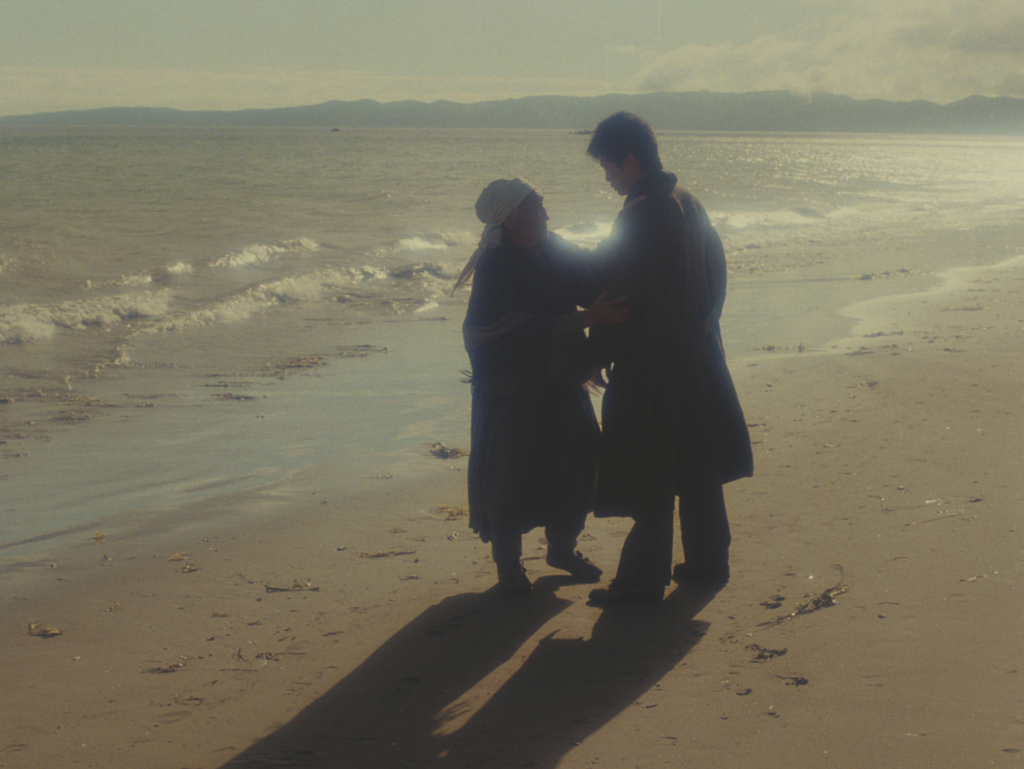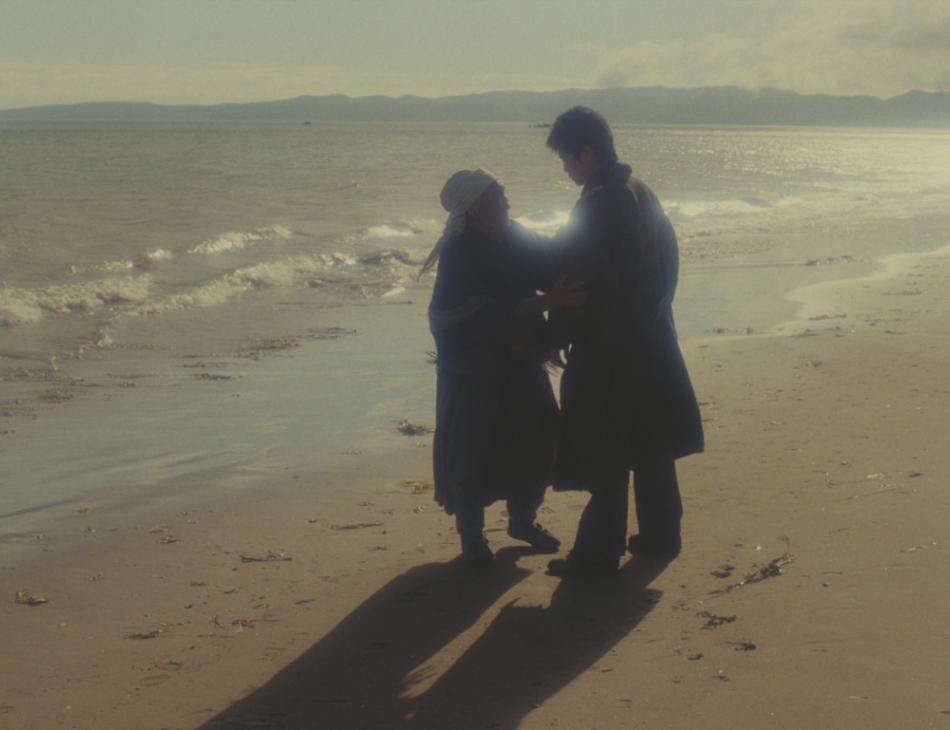Martin Scorsese's World Cinema Foundation
Unearthing masterpieces.
If a work of art is never seen, then what is its inherent value? Can something be judged as priceless, if nobody has examined it to ascertain how much it should cost?
These questions hold much relevance when it comes to the cinema. Of course very few films are literally never seen; the cost of production being so high to permanently can once work has been completed is often illogical. Yet there are plenty of titles out there that have been forgotten, or near enough, which are more than worthy of our time and attention. Masterful output that for some reason or another never quite retained a place in the conscious of cineastes.
Martin Scorsese's World Cinema Foundation, founded six years ago, is one of the finest of the few organisations currently specialising in reversing the fate of movies falling foul of time's unforgiving hand. As the name suggests, the focus here is on foreign language titles that warrant attention due to their technical, narrative and aesthetic prowess. Films of excellence, as we like to call them, the first DVD resulting from these efforts to unearth and restore arrived to buy this week.
Comprising three breathtakingly beautiful features, and in one case rather unnerving, the aptly titled Martin Scorsese's World Cinema Foundation Volume 1 is a must for screen fans with a penchant for innovative filmmaking. Trances, for example, is a Moroccan film from 1981 showing the band Nass El Ghiwane as they reflect on the months they have spent traversing the stunning landscapes of North Africa whilst on tour. Cinematographically, what's on show is staggering, especially considering the budget involved here would have paled into insignificance when compared with any of the rock and pop, live-in-concert movies that are currently selling out multiplexes (with outfits such as Led Zeppelin and Muse notable examples).
A clear sign of Ahmed El Maanouni's deft directorial skill, not to mention his ability to create mood and atmosphere resulting in an 'almost like we're there' feeling during the scenes showing the act on stage. Revenge takes the form of the second film in this trio. A Kazakh movie from 1989, it's also the tensest, and arguably the most sublime in terms of photography. Spanning from the 1910s to the 1940s, Ermek Shinarbaev's rather epic tale is as bloodthirsty as it is accomplished. Set in China and Korea, it sees a man kill the daughter of his former landlord, who pursues the villain across international borders, only to find himself incapable of delivering the planned retribution. Instead he returns home to marry a concubine, she gives birth to a son, and in later life the child- now an adult- takes up the mantle and sets out to do what his father couldn't. A classic eye for an eye narrative, the mixture of thriller-suspense, spectacular locations and intergenerational drama makes for quite the powerful watch.
As does Dry Summer, Metin Erksan's 1964 naturalist melodrama and the final title in the World Cinema Foundation release. Here a group of farmers in rural Turkey tackle a particularly arid summer filled with local disputes, mistrust and seduction, with the content deemed worthy of suppression by the Turkish authorities, who made it their mission to ensure very few people ever managed to take a look. Thankfully times have changed, and Martin Scorsese has decided to re-present this feature. Along with Revenge and Trances, it clearly shows enough merit to warrant revisiting, restoring and distributing to a wider audience, albeit disappointing more of overlooked archives and racks of reels aren't being given the same treatment, and more associations and institutions aren't taking it upon themselves to brush the cobwebs away.











